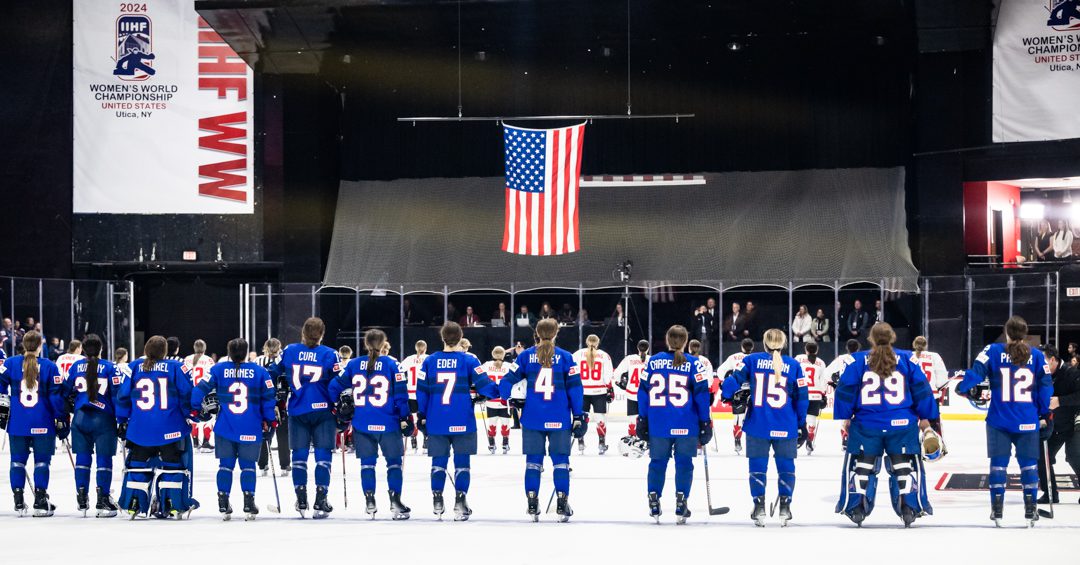For years we’ve been talking about the stigma surrounding mental health in athletics. We will explore where the stigma comes from and why it prevents athletes of all ages and skill levels from seeking help.
As we reflect on the early developments of where the stigma in athletics comes from, the words that come to mind in big bold letters are mental toughness.
Most athletes may have heard phrases such as:
“The best athletes are mentally tough”
“You need to be mentally tough to succeed in sport”
Which in the very essence is true, but it can be taken out of context; for example, an athlete may think mental toughness translates into pushing through any physical or emotional pain, hiding personal problems, living in fear of talking to a coach to seek out help and worrying it will affect playing time.
It seems the term and its definition has gone off course from its initial purpose and has turned into a term that may allow athletes to believe they should not talk about how they are really feeling mentally.
Looking at this question from a high school athlete’s perspective, they may have a fear of speaking out because they believe it will result in less time on the ice. Some of these athletes are looking to be recruited so they can continue playing in college and the fear of not playing may outgrow the desire to take care of their mental health. They may have thoughts where they believe their coach will deem them “unfit” to play or another teammate may take their spot on the starting lineup.
This looks similar to athletes who deal with concussions; some may try to hide the severity of their injury so they can keep playing. When athletes have poor mental health, it is similar to a car running on empty; energy is low, the drive to continue to do the activities we enjoy becomes a little harder and they may even start doubting themselves. Once athletes take care of their mental health and add more gas to their tanks, they will regain the energy and love for the game again.
Fearing Vulnerability
Personally, after thinking long about why the stigma, I started thinking; is this a question on the stigma surrounding mental health, or a fear of being vulnerable? There is no question that a stigma around mental health in athletics still exists, but as more resources are being allocated in university and professional settings why is there an abundant amount of athletes still choosing not to use them?
The truth is, vulnerability is scary. It’s scary to tell personal struggles, especially if it holds a lot of shame or guilt. It’s also that much scarier to be vulnerable with the people they love. On the flip side, vulnerability can also be very rewarding, confidence boosting, and increases our self-worth.
It’s hard to switch gears from a setting where they are taught one thing (not talking about their emotions) to all of a sudden having all the resources that are needed, but unaware of how to use them.
Within the last couple of years athletes have finally been given dedicated mental health resources that it’s hard to get out of the old mindset they had previously surrounding stigma and mental health in the sport of ice hockey.
Breaking the Stigma
At least for my generation, growing up in the sports world didn’t include a how to cope with your emotions lesson, and I’m sure the same goes for many of you reading this article. Breaking the stigma is easier said then done and the answer to breaking the stigma is vulnerability. Moving forward, this starts with having conversations in our locker rooms about mental health and modeling behaviors for your teammates.
A great exercise I love to use with teams to discuss different topics and open the door for vulnerability is “Highlight, Hero, and Hardship”. Everyone goes around the room and talks about their favorite hockey highlight, who their hero is, and a hardship they’ve faced. This gives the player the opportunity to be in control of what they share while also bonding with their teammates and learning more about one another (more than during your standard team bowling outing). For this next generation of youth growing up in our hockey community, I believe it’s important we educate these athletes on how to identify when we’re struggling, how to cope with these emotions in a healthy way, and how to have critical conversations with the people we love.
So why the stigma? This is a question for your teams, your coaching staff, your friends, and your households. I encourage you to reflect on this question as everyone’s answer might be different. Maybe you’ll learn something about yourself or a loved one. Changing the stigma all starts with having vulnerable conversations, what’s preventing you from starting one?
[adrotate group=”1″]
Related Articles
Categories
Recent Posts
[adrotate group=”2″]












